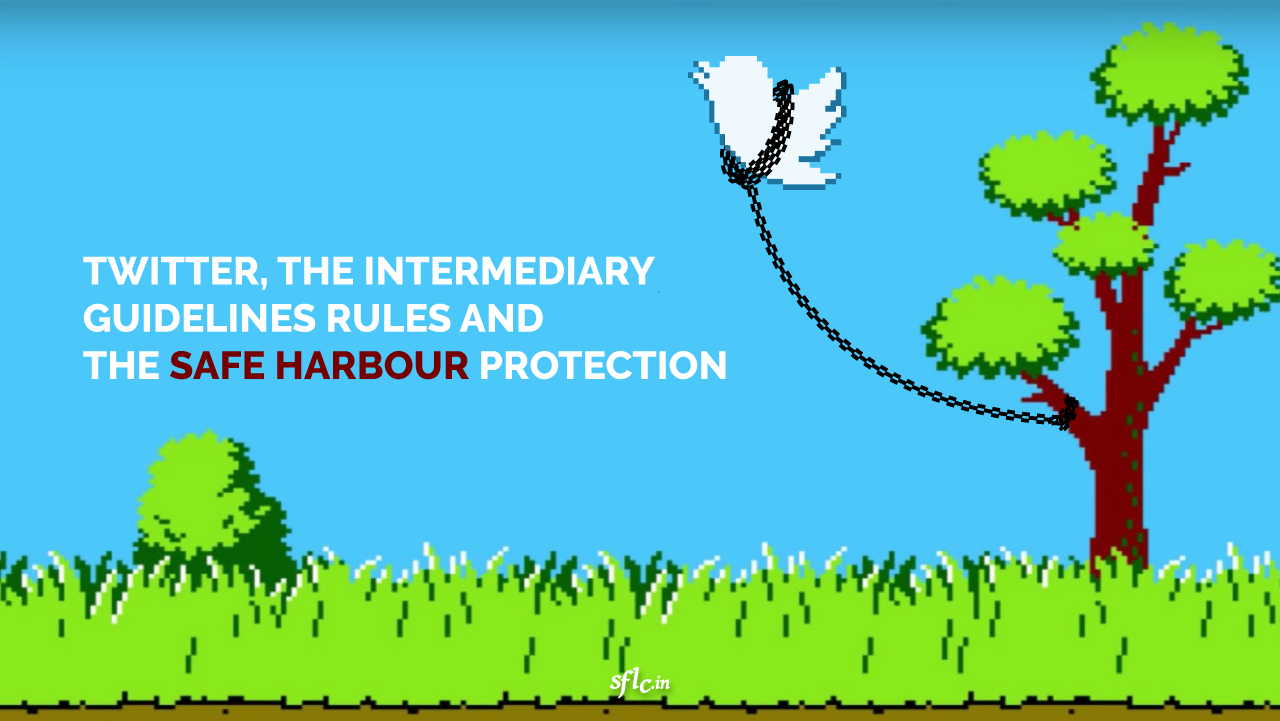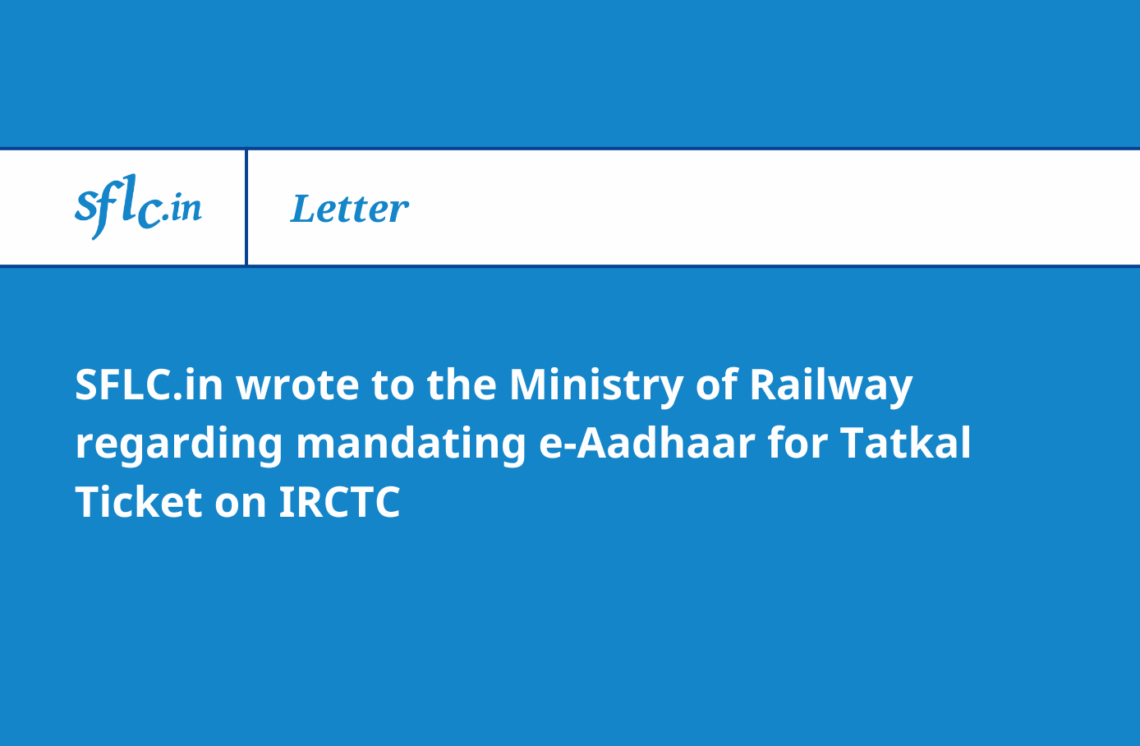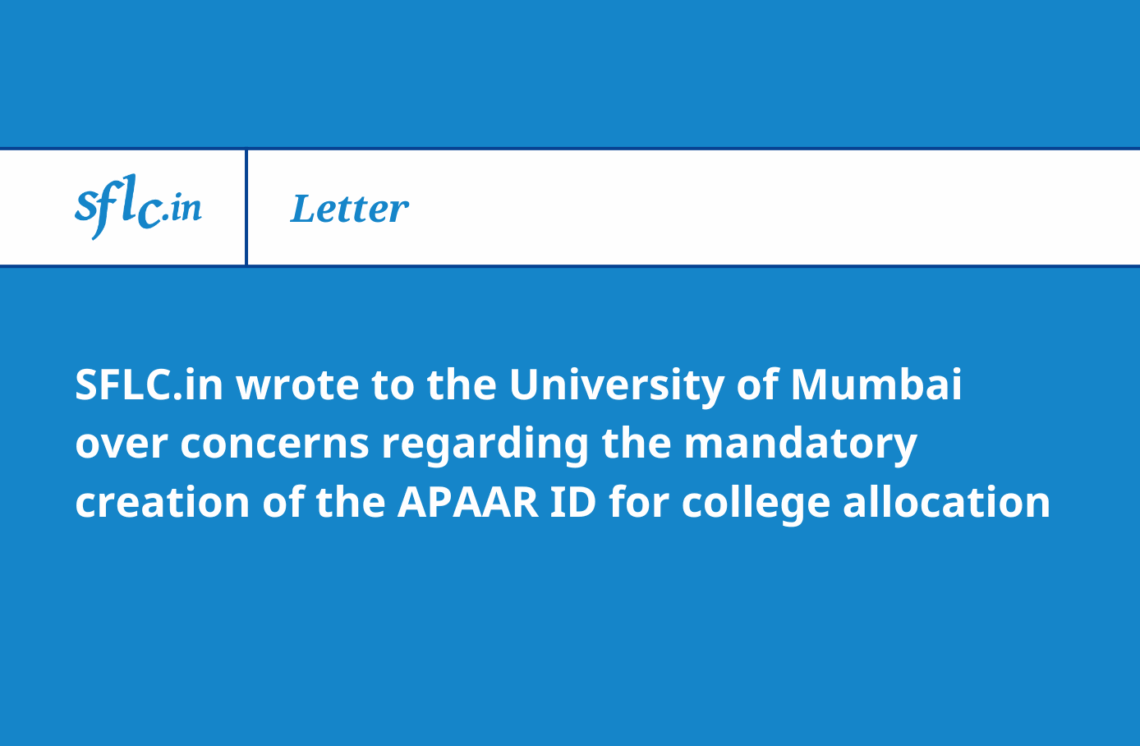Background
The Information Technology (Intermediary Guidelines and Digital Media Ethics Code) Rules, 2021 (Hereinafter “IT Rules”) were notified by the Central Government on 25.02.2021. The Guidelines were issued under Section 79 of the Information Technology Act, 2000 (hereinafter “IT Act”) and it contains certain due diligence requirements which have to be complied by different sets of online intermediaries in India.
Rule 2(1)(v) of the IT Rules defines a “Significant Social Media Intermediary” (“SSMI”) as a “social media intermediary having number of registered users in India above such threshold as notified by the Central Government”. On 26.02.2021, the Central Government issued a notification stating the threshold in terms of number of users, for being considered as a SSMI. The notification states that an intermediary will be considered to be a SSMI if it has more than 5 million (50 lakh) registered users on its platform. As per the threshold, Twitter does qualify as a SSMI. Rule 4 of the IT Rules prescribe certain requirements for SSMIs. Some of the most contentious requirements being the obligation to have a physical office and the mandate to appoint a Chief Compliance Officer, a grievance officer and a nodal officer, all of whom should be residents in India.
In respect of the Chief Compliance Officer, Rule 4(a) of the IT Rules states that the said officer shall be responsible for ensuring compliance with the Act and the rules made there under. It further provides that the said officer shall be held liable in court proceedings if he fails to ensure that the intermediary observes due diligence while discharging its duties under the Act and rules made there under. This provision has raised concerns from all quarters as it may lead to imposition of criminal liability on the employees of social media giants who are operating in India.
After crossing the deadline for compliance by SSMIs, there was a tussle and a war of words between the Central Government and Twitter, in relation to compliance with the IT Rules. The Central Government was miffed with Twitter for not complying with the provisions of the IT Rules while Twitter gave an assurance that it would appoint the relevant officials as mandated by the Rules.
Earlier today (16.06.2021), reports emerged indicating that Twitter had lost its safe harbour protection granted under Section 79 of the IT Act, 2000. This blog post analyses the veracity of this statement and its implications on Twitter and on the regulation of intermediaries in India. At 11:32 am the Union Minister for Electronics & Information Technology and Communications, Shri Ravi Shankar Prasad posted the following tweet from his Twitter account:
“There are numerous queries arising as to whether Twitter is entitled to safe harbour provision. However, the simple fact of the matter is that Twitter has failed to comply with the Intermediary Guidelines that came into effect from the 26th of May.“
The Twitter thread further stated that Twitter had been given multiple opportunities to comply with the Rules but it failed to do so. Referring to an incident in the state of Uttar Pradesh, the Minister further said that Twitter’s failure to act in such cases indicated an inconsistency on its part when it came to battling misinformation on its platform.
Timeline of Events
Following is a short timeline of events from the date on which the IT Rules were notified.
|
Sr. No. |
Date |
Details/Event |
|
|
25.02.2021 |
The Central Government notified the IT Rules. |
|
|
26.02.2021 |
The Central Government issued a notification stating the threshold for a being construed as a Significant Social Media Intermediary would be, an intermediary having more than 5 million registered users on its platform. |
|
|
26.05.2021 |
In relation to compliance by SSMIs, MEITY issued a notice to all the significant social media intermediaries, requesting them to comply with the provisions of the IT Rules “ASAP and preferably today itself”. |
|
|
27.05.2021 |
Reportedly, Twitter shared the details of a lawyer who was working in a law firm in India, as the Nodal Contact Person and the Grievance Officer for the Company. As on that date, Twitter had not shared the details of the Chief Compliance officer. |
|
|
05.06.2021 |
Government issued a notice confronting Twitter for not giving information about the Chief Compliance Officer as required under the IT Rules. The Ministry further said that the Nodal Contact person appointed by the company was not an employee of the company, as mandated by the IT Rules. |
|
|
07.06.2021 |
Twitter issued a response to the Notice sent by MEITY, stating that it was making every effort to comply with the provisions of the IT Rules. |
|
|
15.06.2021 |
Twitter said that it had appointed an interim Chief Compliance Officer and the details of the said person would be shared with MEITY soon. |
|
|
16.06.2021 |
The Union Minister for Electronics and Information Technology and Communication, Shri Ravi Shankar Prasad posted a Tweet saying that Twitter had failed to comply with the IT Rules, despite being given ample opportunity to do so. Uttar Pradesh Police filed an FIR against Twitter and a few other journalists, allegedly for sharing a video of an incident and giving it a “communal colour” without verifying the details. |
What is safe harbour protection and where does it emanate from?
Safe harbour protection grants protection to intermediaries from being held responsible for third party content that is shared on their platform. The underlying basis of safe harbour is that an online intermediary in its role as a mere facilitator, messenger or a conduit, cannot be subjected to an imposition of liability for content or information that is shared on its platform. Providing safe harbour protection to intermediaries facilitates feasibility of operations by intermediaries and it promotes investment and innovation in the sector.
In India, Section 79 of the IT Act, 2000 gives an exemption from liability to intermediaries. The provision grants a conditional safe harbour as it is subject to certain conditions which have to be complied by the intermediary. One of those conditions entail that an intermediary must observe the due diligence requirements stated guidelines prescribed by the Central Government i.e. the IT Rules.
What do the IT Rules say
Rule 7 of the IT Rules states as follows:
“7.Non-observance of Rules.—Where an intermediary fails to observe these rules, the provisions of sub-section (1) of section 79 of the Act shall not be applicable to such intermediary and the intermediary shall be liable for punishment under any law for the time being in force including the provisions of the Act and the Indian Penal Code“
This only means that if an intermediary fails to comply with the due diligence requirements under the IT Rules, the protection given under Section 79(1) of the IT Act will not be applicable to it.
What this means for Twitter
Twitter has an estimated number of 1.75 crore users in India. The Safe harbour protection is an inherent protection granted to intermediaries which is a defence it can take against imposition of liability for acts done by third parties. Such a defence is taken at the time of ascertainment and quantification of liability which would be done before a court of law and not by the government. What this however means is that Twitter may have lost protection in relation to the government initiating action against the company or filing FIRs against it. (An FIR against Twitter has been filed in the State of UP where Twitter has reportedly been held responsible for not curbing misinformation). The safe harbour protection will still be available to Twitter as a shield during prosecution before the courts. It must be noted that safe harbour is not a certificate or a stamp that is issued by the government. It is an inherent protection available to intermediaries. Twitter has claimed that it has taken steps to comply with the new Rules including appointing an interim Chief Compliance Officer. Now, it is for the courts to decide in an appropriate proceeding whether Twitter has complied with the Rules or not. This involves determination by a court of law and cannot be declared by the Government.




